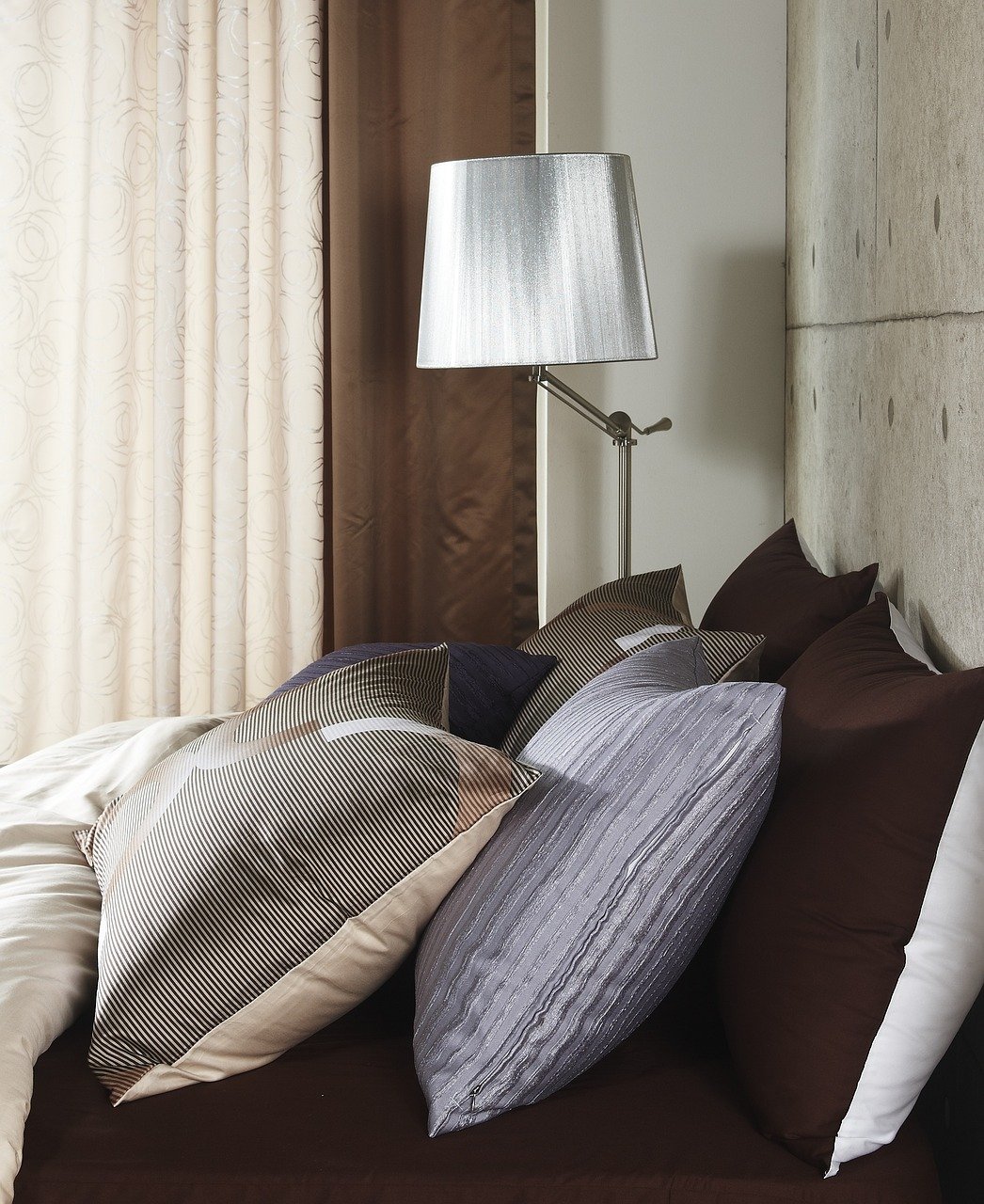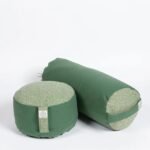Understanding the Difference
For individuals with allergies or sensitivities, choosing the right pillow can be a daunting task. With so many options available, it can be challenging to decide between an anti-allergy pillow and a regular pillow. However, making the right choice when choosing between an anti-allergy pillow and a regular pillow can have a significant impact on your sleep quality and overall well-being.
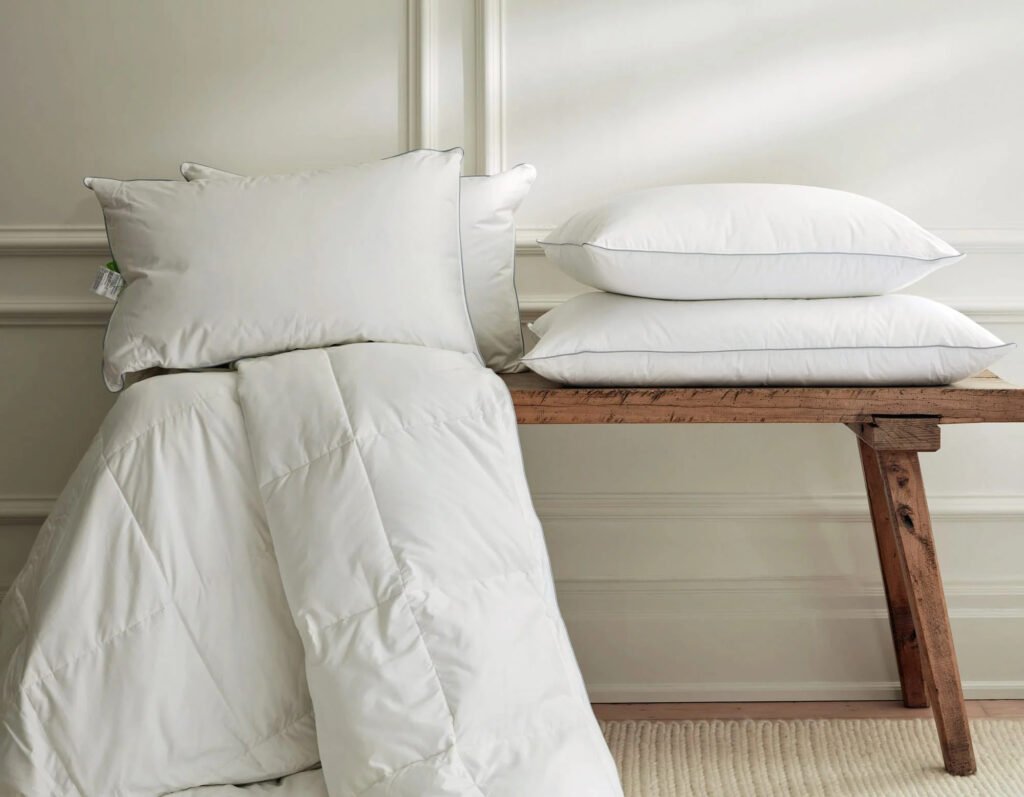
In this comprehensive guide, we’ll explore the key differences between these two types of pillows, helping you make an informed decision for your sleep needs.
What Sets Anti-Allergy Pillows Apart
Anti-allergy pillows, also known as hypoallergenic pillows, are designed specifically to reduce allergen exposure during sleep. Here are some key features that distinguish them from regular pillows:

Allergen-resistant materials:
Anti-allergy pillows are often made with materials that resist common allergens like dust mites, mold, and pet dander.
Dust mite barrier:
Many anti-allergy pillows have a tightly woven cover that acts as a barrier against dust mites, preventing them from penetrating the pillow’s core.
Hypoallergenic fill:
The filling in these pillows is typically made from synthetic materials or natural fibers that are less likely to trigger allergic reactions.
Antimicrobial properties:
Some anti-allergy pillows are treated with antimicrobial agents to inhibit the growth of bacteria and fungi.
Breathability:
Many hypoallergenic pillows are designed to promote air circulation, reducing moisture buildup that can lead to mold and mildew growth.
Regular Pillows: The Traditional Choice
Regular pillows, on the other hand, are the standard pillows that most people are familiar with. They come in various materials and designs but don’t have specific anti-allergy features. Here’s what you need to know about regular pillows:

Diverse materials:
Regular pillows can be made from a wide range of materials, including down, feathers, polyester, memory foam, and natural fibers like cotton or bamboo.
Varying levels of support:
Depending on the fill and construction, regular pillows can offer different levels of support for various sleep positions.
Potential allergen accumulation:
Over time, regular pillows can accumulate dust mites, dead skin cells, and other allergens, especially if not properly maintained.
Cost-effective options:
Generally, regular pillows are more affordable than their anti-allergy counterparts.
Wide availability:
Regular pillows are readily available in most bedding stores and come in a variety of shapes and sizes.
Comparing Anti-Allergy and Regular Pillows
To help you better understand the differences, let’s compare anti-allergy pillows and regular pillows across several key factors:
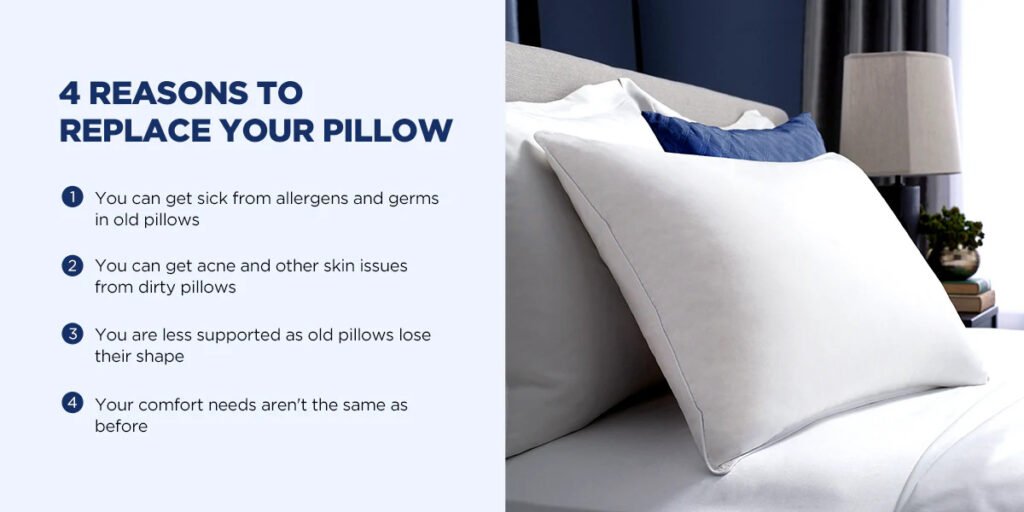
Allergen resistance:
- Anti-allergy pillows: High resistance to common allergens
- Regular pillows: Limited or no specific allergen resistance
Material composition:
- Anti-allergy pillows: Typically made with synthetic materials or hypoallergenic natural fibers
- Regular pillows: Can be made from various materials, including those that may trigger allergies
Dust mite protection:
- Anti-allergy pillows: Often feature dust mite-resistant covers and fills
- Regular pillows: Generally lack specific dust mite protection
Breathability:
- Anti-allergy pillows: Often designed for enhanced air circulation
- Regular pillows: Breathability varies depending on the material
Price:
- Anti-allergy pillows: Usually more expensive due to specialized materials and construction
- Regular pillows: Generally more affordable with a wide range of price points
Durability:
- Anti-allergy pillows: Often more durable due to high-quality materials
- Regular pillows: Durability varies depending on the quality and material
Maintenance:
- Anti-allergy pillows: May require specific care instructions to maintain their hypoallergenic properties
- Regular pillows: Generally easier to clean and maintain
Benefits of Anti-Allergy Pillows
Choosing an anti-allergy pillow can offer several advantages, especially for those with allergies or respiratory issues:
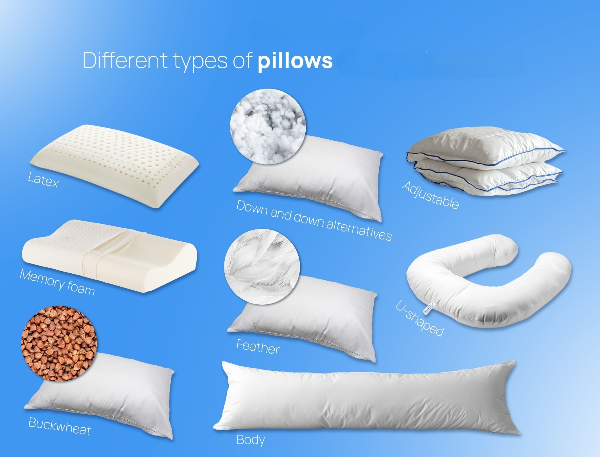
Reduced allergy symptoms:
By minimizing exposure to common allergens, these pillows can help alleviate symptoms like sneezing, congestion, and itchy eyes.
Improved sleep quality:
With fewer allergens to disrupt sleep, users may experience more restful and uninterrupted sleep.
Asthma-friendly:
Anti-allergy pillows can be particularly beneficial for those with asthma, as they reduce exposure to triggers that can cause respiratory distress.
Skin-friendly:
For individuals with sensitive skin or conditions like eczema, hypoallergenic pillows may help reduce skin irritation.
Longer-lasting freshness:
The antimicrobial properties of many anti-allergy pillows help maintain a fresher, cleaner sleeping environment for longer periods.
Potential Drawbacks of Anti-Allergy Pillows
While anti-allergy pillows offer many benefits, there are a few potential drawbacks to consider:
Higher cost:
Anti-allergy pillows are often more expensive than regular pillows due to their specialized materials and construction.
Limited options:
There may be fewer choices in terms of firmness, shape, and size compared to regular pillows.
Synthetic materials:
Some people prefer natural materials, which may be less common in anti-allergy pillows.
Potential for off-gassing:
Some synthetic materials used in anti-allergy pillows may have an initial odor, although this typically dissipates over time.
Who Should Consider Anti-Allergy Pillows?
Anti-allergy pillows can be particularly beneficial for:
- Individuals with allergies to dust mites, mold, or other common household allergens
- Asthma sufferers
- People with sensitive skin or conditions like eczema
- Those who experience frequent congestion or sinus issues while sleeping
- Individuals looking to create a healthier sleeping environment
However, even if you don’t have specific allergies, an anti-allergy pillow can still contribute to a cleaner and more hygienic sleep space.
Maintaining Your Pillow for Optimal Hygiene
Regardless of whether you choose an anti-allergy pillow or a regular pillow, proper maintenance is crucial for ensuring a clean and healthy sleep environment:
Use pillow protectors:
These add an extra layer of protection against allergens and can be easily washed.
Wash regularly:
Follow the manufacturer’s instructions for washing your pillow. Most can be washed every 3-6 months.
Replace when necessary:
Replace your pillow every 1-2 years, or sooner if it shows signs of wear or loss of support.
Air out your pillow:
Expose your pillow to fresh air and sunlight occasionally to help eliminate moisture and odors.
Vacuum regularly:
Use a vacuum with a HEPA filter to clean your pillow and surrounding bedding weekly.
Conclusion: Making the Right Choice
When it comes to choosing between an anti-allergy pillow and a regular pillow, there’s no one-size-fits-all answer. Your decision should be based on your individual needs, preferences, and any existing health concerns.
If you suffer from allergies, asthma, or sensitive skin, an anti-allergy pillow may provide significant benefits and contribute to better sleep quality. However, if you don’t have specific allergy concerns and are satisfied with your current sleep setup, a regular pillow may be perfectly suitable.
Remember, the key to a good night’s sleep goes beyond just your pillow choice. Factors like room cleanliness, overall bedding quality, and sleep habits all play crucial roles in ensuring restful sleep.
Ultimately, investing in your sleep environment, whether through an anti-allergy pillow or a high-quality regular pillow, can lead to improved sleep quality and overall well-being.
More to Explore:
Anti-Allergy Pillows Aromatherapy Pillows Bamboo Pillow
Natural Latex Pillows Organic Cotton Pillows Recycled Material Pillows
FAQs
Q: Are anti-allergy pillows completely allergen-free?
A: While anti-allergy pillows significantly reduce allergen exposure, they are not completely allergen-free. They are designed to minimize allergens and create a healthier sleep environment.
Q: Can regular pillows be made hypoallergenic?
A: Regular pillows can be made more hypoallergenic by using pillow protectors and washing them regularly. However, they won’t have the same level of protection as specially designed anti-allergy pillows.
Q: Do anti-allergy pillows feel different from regular pillows?
A: The feel of an anti-allergy pillow depends on its specific materials and construction. Some may feel similar to regular pillows, while others might have a slightly different texture or firmness.
Q: Are memory foam pillows considered anti-allergy?
A: Not all memory foam pillows are anti-allergy. However, some memory foam pillows are made with hypoallergenic materials and may offer anti-allergy benefits.
Q: How often should I replace my anti-allergy pillow?
A: Most anti-allergy pillows should be replaced every 1-2 years, similar to regular pillows. However, always check the manufacturer’s recommendations for specific guidance.

